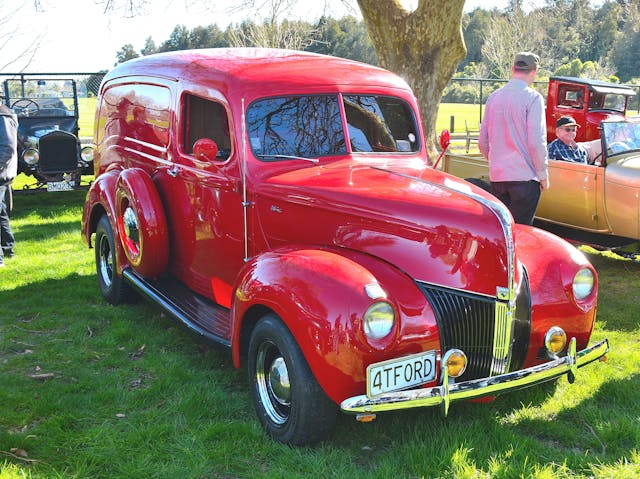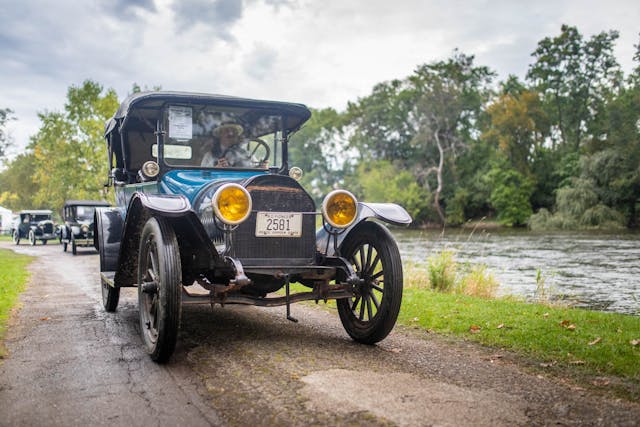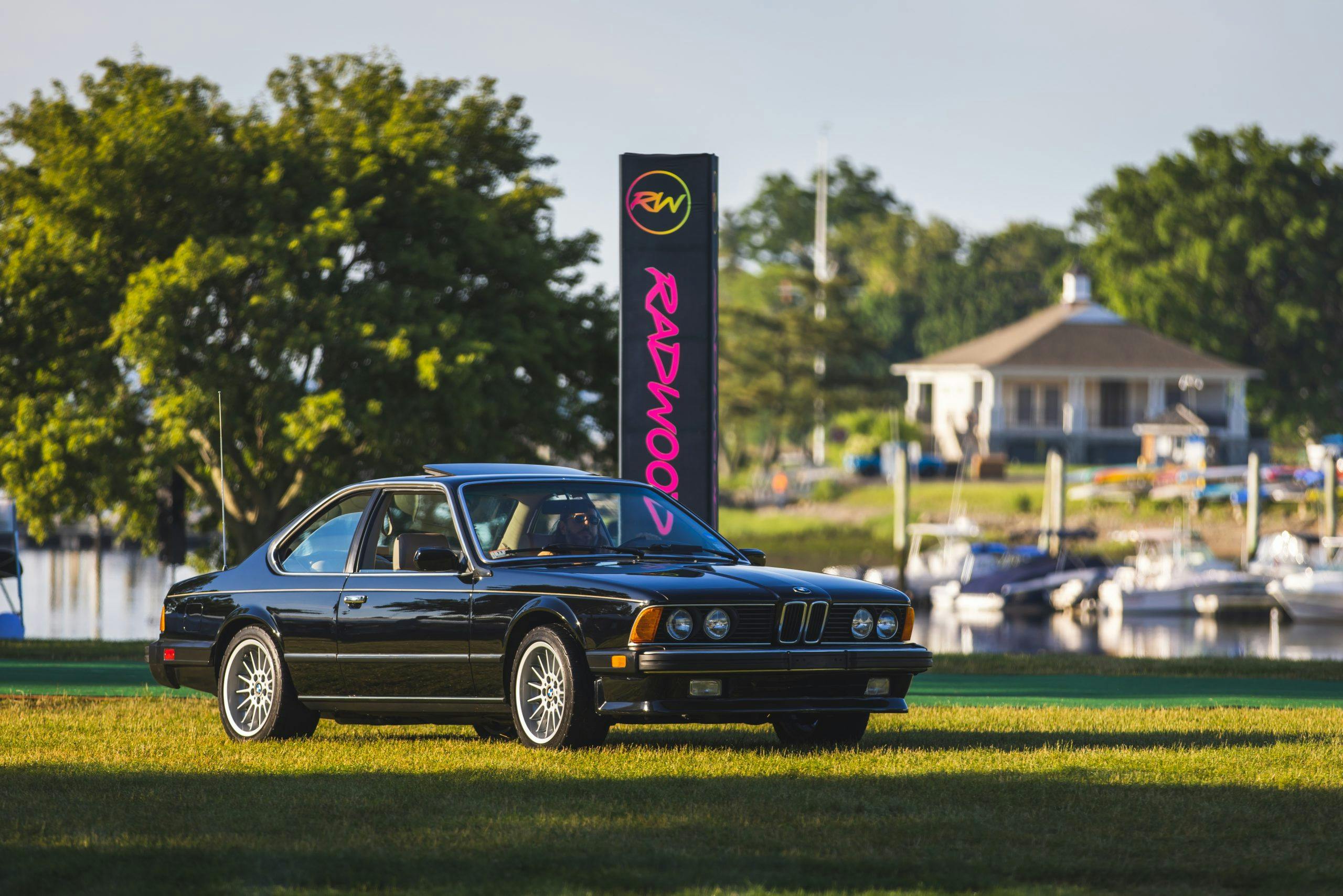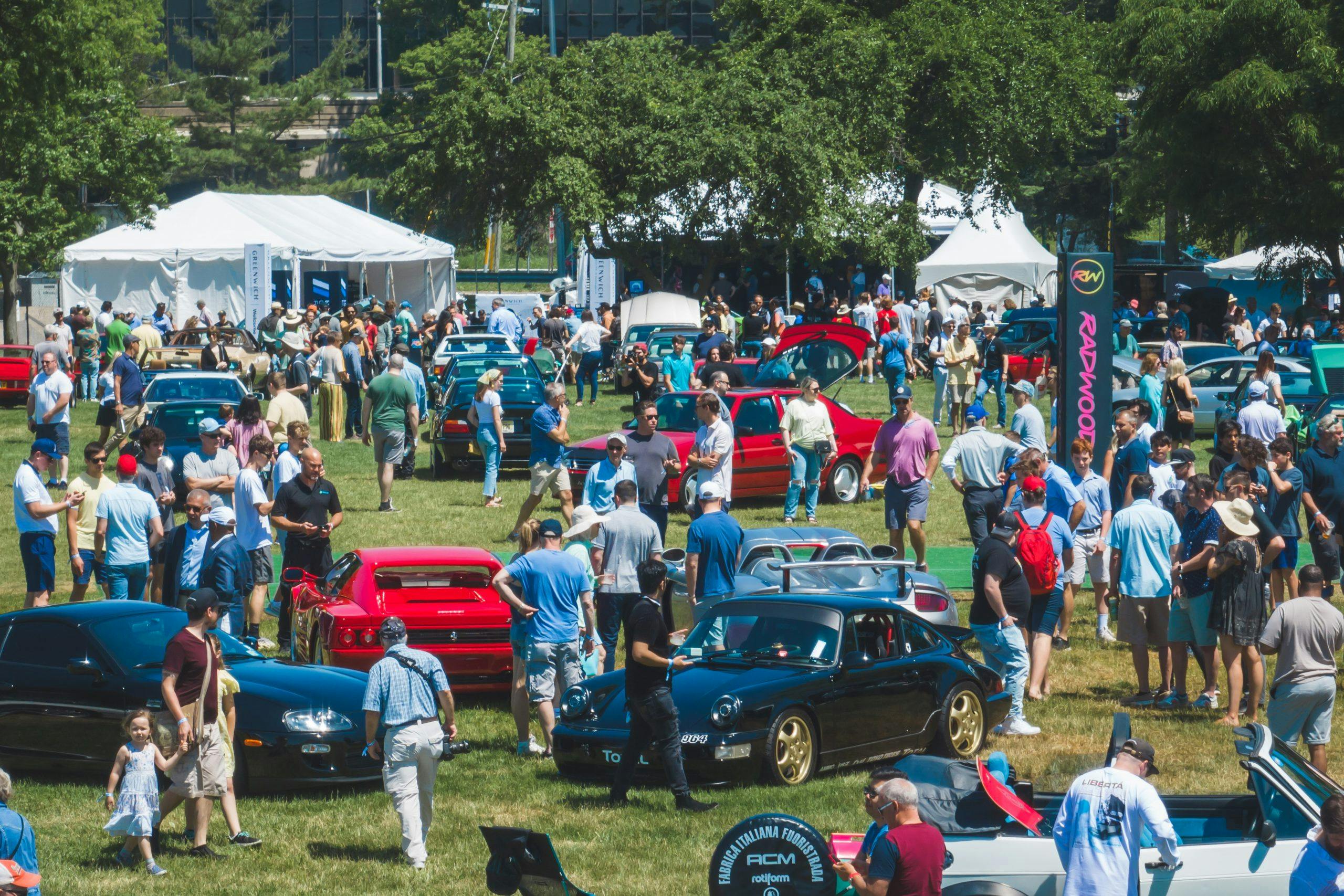Media | Articles
How Slow Can You Go: The snail’s pace sideshow of old-school car meets
I spent a significant portion of my childhood summers attending classic car shows all over the northeastern United States. Typically arriving in one of my father’s late ’40s or early ’50s Studebakers, we’d park on the field and then begin to wander the grounds of what seemed to me as a child to be an enormous motorized carnival.
The contrast between the old car events from 30-plus years ago versus what their modern-day evolutions is not only in the makes and vintages of the metal represented (think more Model As and ’40 Fords, and far less muscle), but also the activities surrounding the spectacle. While the “car corral” is eternal, and the flea markets and vendor tables have only expanded in acreage, some missing elements on the modern landscape cause me to question my own memories of yesteryear.
Case in point: the “slow race.” While this might first sound like a motorsport dedicated to Trabants, or perhaps a re-enactment of the very first recorded head-to-head automotive competition (which took place in 1895 at the astonishing pace of 12 mph over the course of two days), it represents a much more whimsical pastime. A true test of both machine and driver, slow races were a regular feature of the shows of my youth and yet they have almost completely disappeared from the current slate of antique auto celebrations.
At a walking pace

The conceit of the original slow race (sometimes known as “slow drags”) was a simple one. A line of competitors would form at one end of a parking lot—or occasionally a flat, grassy field—and once the signal was given, they would proceed to the other end at a total snail’s pace. The goal was to be the last to arrive at the finish line, with two caveats: you couldn’t come to a complete stop at any time, and you couldn’t touch the vehicle’s brakes. Either of these scenarios resulted in disqualification, and shame, all before a crowd of curious onlookers.
Naturally, this made for some entertaining shenanigans, even at speeds that would bore the local tortoise contingent. Some competitors would fiddle with their idle, dropping it down as low as they could while still keeping the cylinders firing semi-regularly, with the hopes that they’d still generate enough power to maintain forward momentum. Others would finagle with clutches (which, unlike brake pedals, were at some events ruled fair game), slipping and lurching their way down the “strip” while trailing a fragrant cloud of superheated friction material in their wake.
Marketplace
Buy and sell classics with confidence
Then there were the more industrial entries, early-era automobiles whose gearing resembled that of farm equipment more than of passenger fare. Locked in to their over-reductive sprockets, they could comfortably crawl at a rate that challenged that of the longest line at the DMV. Into this category crept more than a few steam-powered ringers, whose shunning of gasoline and notoriously relaxed timetable for building up a full “head” of motivational vapor put them at the forefront of automotive sloth.
In all cases, stewards stalked alongside each vehicle, keeping an eagle eye on the feet and hands of participants. Stalls, stoppages, or slip-ups with the pedals were session-ending fouls. The tension of being under direct observation, combined with the steady creep of the temperature gauge as radiators starved for airflow, made for compelling entertainment.
Different courses for different horses
Why focus on the slowest of the slow? This type of sideshow was tied directly to the make-up of the attending field. In the ’80s, muscle cars were only just beginning to transition out of their “used car” phase and into greater acceptance among the collector set. It might be hard to picture, in our current era of blockbuster auction results and million-dollar Hemi ‘Cudas, but there was once a time when vehicles from the 1960s and 1970s were regarded much in the same way as Rad-era vehicles were, pre-Radwood—if they were considered at all by contemporary classic-car gatekeepers.
Instead, the emphasis was on vehicles built prior to or just after World War II, with a healthy quotient of late-1950s hardware thrown in for good measure. It was here that the sliding window of nostalgia and passion had settled, and if there was one near-universal automotive truth, it was the preponderance of slow-and-steady models on American and European roads.
Everything changes
Flash-forward to today and the celebration of big-block horsepower, combined with an explosion of interest in high-end sports cars dating back to roughly the same era, has dramatically changed the field at almost every classic car meet. Although older cars and trucks still appear, the crowd surrounding them has given way almost entirely to fresh blood that is itself on the cusp of being replenished (or is that replaced?) by the collectors of Rad rides.
Swept away by the shifting tastes of enthusiasts, the slow races of my own youth are nowhere to be found. That doesn’t mean that they’ve disappeared entirely, however. A fresh form of slow drag has risen up to take their place, making use of an entirely different set of rules that make it easier for a wider range of eras to participate.
Instead of sticking with slow from beginning to end, the new rules call for a brief burst of acceleration followed by coasting in neutral all the way to the finish, with the goal being to cross the line and then stop as close to it as possible—all without touching the brakes. Instead of the larger fields of entries that I remember, most of these battles now occur one-on-one, with each vehicle starting off at the same time in order to add a further psychological element. For some reason, Washington seems to have become one of the hotbeds of this new form of slow racing, with events in Othello, Long Beach, and Ilwaco regularly drawing summer entries.
New traditions await
In their current iteration, slow drags are certainly more accessible, requiring no specialized prewar gear to compete successfully. In that sense, they’re a welcome stand-in for a relic that’s been retired along with the collectors who were once so proud of rides that barely turn heads among the current crop of collectors.
What comes next? As the muscle scene starts to fade (or at the very least, become increasingly locked away inside climate-controlled caves as part of various investment funds or retirement plans), it’s hard to predict what the next anachronistic celebration of era-specific sport. Automatic antenna races? Range Rover suspension air-downs? Nitrous-blast balloon fills? It’s as impossible to predict the future as it is to preserve the past. The only certainty about the next set of classic-car show memories is that while they may not match my own, those who make them will be brimming with the same level of passion for vehicles hailing from a bygone era.




















